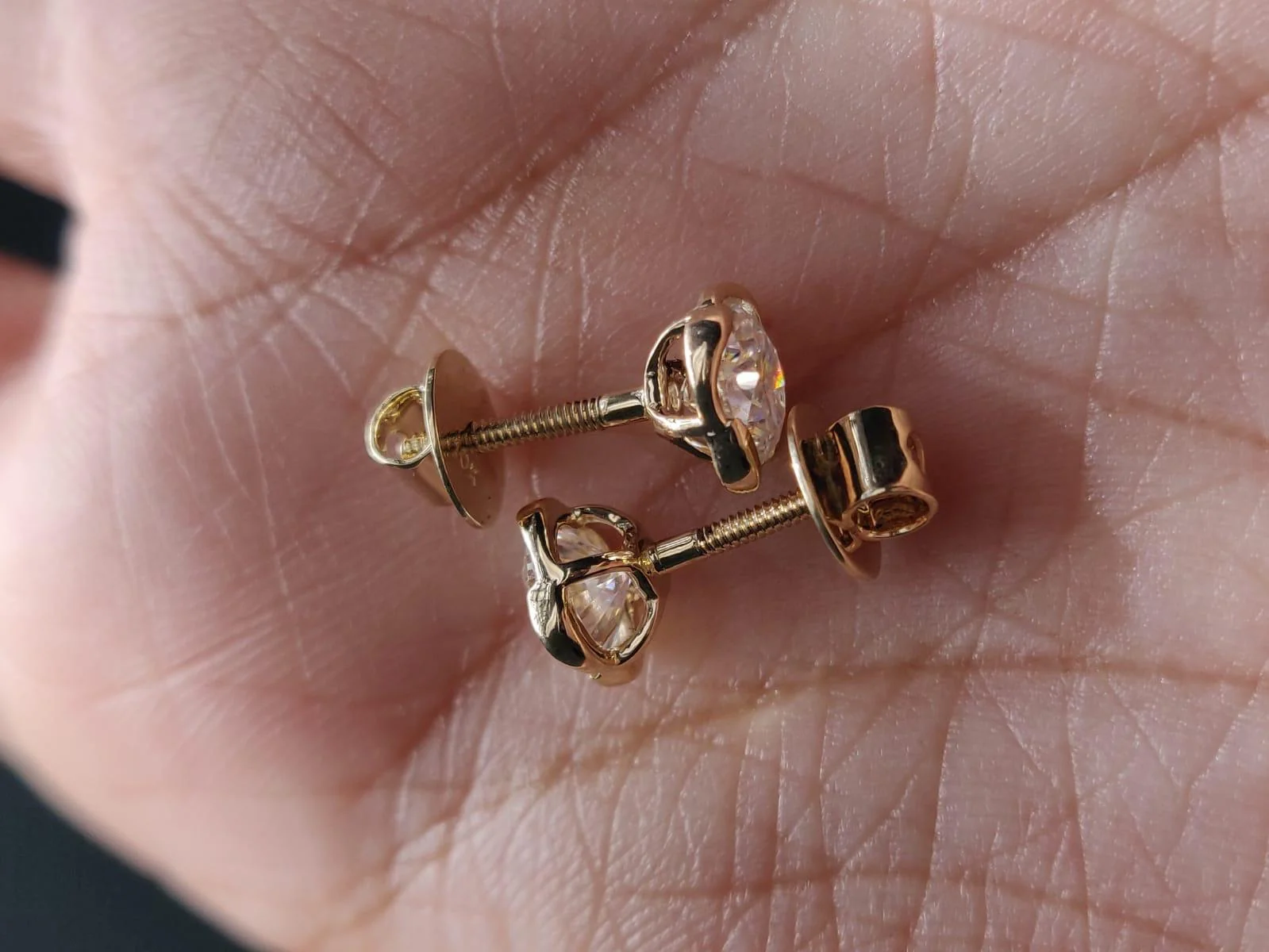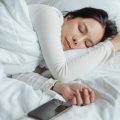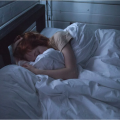For centuries, earrings have been worn as a form of personal adornment, cultural expression, and fashion statement. Many individuals choose to leave their earrings in even during sleep, as it saves them time and hassle.
The history of earrings dates back thousands of years, with evidence of their existence in various ancient civilizations. Earrings have been worn by both men and women, serving as symbols of status, culture, and personal adornment. In ancient Egypt, earrings were a prominent feature of fashion, and they held significant religious and cultural meanings. Elaborate earrings made of gold and precious stones were worn by royalty and the elite, while simpler designs were favored by the common people.
In ancient Greece and Rome, earrings were associated with wealth and luxury, with women wearing delicate and ornate earrings to accentuate their beauty. In other parts of the world, such as India and the Middle East, earrings played a crucial role in cultural traditions, signifying marital status, social rank, or religious beliefs. The popularity of earrings continued through the Middle Ages and the Renaissance, with both men and women adorning themselves with intricate and often symbolic earring designs. Over time, earrings evolved with changing fashion trends and societal norms, becoming a staple accessory in modern times, embraced by people of diverse cultures worldwide. Today, earrings come in a myriad of styles, materials, and designs, reflecting the rich history and cultural heritage of this timeless form of personal adornment.
However, a lingering question remains: is it safe to sleep with earrings on? In this article, we will delve into the potential risks and benefits of sleeping with earrings and explore expert recommendations to ensure a safe and comfortable slumber.
The Anatomy of Earrings
Before delving into the safety concerns, it’s essential to understand the anatomy of earrings. Earrings consist of various components, including the earring stud or hook, the decorative element, and the back or clasp. The earring is inserted into the earlobe, cartilage, or other piercings and secured in place by the back, ensuring it stays in position.
Potential Risks of Sleeping with Earrings
While sleeping with earrings may seem harmless, it can pose several risks that individuals need to be aware of:
- Irritation and Infection: Leaving earrings in during sleep may increase the risk of irritation and infection. The friction between the earrings and the pillow can irritate the skin around the piercing, leading to redness, itching, and discomfort. Moreover, the trapped sweat and bacteria around the earrings can create an ideal environment for infection.
- Allergic Reactions: Some individuals may be allergic to certain metals used in earrings, such as nickel. Prolonged contact with the earrings during sleep can trigger allergic reactions, resulting in rashes, hives, or even blisters around the earlobe.
- Tearing and Snagging: Sleeping with earrings may increase the likelihood of the earring getting caught on the bedding or clothing. This can lead to accidental tearing of the earlobe or even worse, causing severe pain and necessitating medical attention.
- Sleep Discomfort: Earrings can be uncomfortable to sleep with, especially for those who are sensitive to pressure on their ears while lying down. This discomfort can lead to a disrupted sleep pattern, causing grogginess and fatigue the next day.
- Risk of Aspiration: Dangling or hoop earrings, in particular, pose a risk of aspiration during sleep. If the earring becomes entangled in hair or bedding, it can accidentally be pulled or dislodged, increasing the risk of swallowing or inhaling the earring.
Expert Recommendations
While the potential risks associated with sleeping with earrings are evident, some individuals may still find it convenient or necessary to do so. If you choose to sleep with earrings, here are some expert-recommended precautions to minimize the risks:
- Opt for Sleep-Friendly Earrings: Consider wearing small, lightweight studs made from hypoallergenic materials, such as surgical stainless steel, gold, or titanium. These materials are less likely to cause irritation or allergic reactions.
- Clean Your Earrings Regularly: Ensure your earrings are clean by gently washing them with mild soap and water. Cleaning your earrings can help prevent the buildup of bacteria and reduce the risk of infection.
- Avoid Sleeping with Dangling Earrings: Dangling or hoop earrings increase the chances of snagging and aspiration. It’s best to remove such earrings before bedtime.
- Remove Earrings If Irritated: If you experience any irritation or discomfort, remove the earrings immediately and allow your ears to heal. Avoid reinserting the earrings until the irritation subsides.
- Give Your Ears a Break: To reduce the risk of irritation and infection, remove your earrings for a few hours every day to give your earlobes ample time to breathe and heal.
- Be Mindful of Bedding and Hair: Choose smooth and soft bedding materials to minimize the risk of earring entanglement. Tie back long hair or use a sleep cap to prevent earrings from getting caught.
Conclusion
While sleeping with earrings may seem harmless, it’s essential to recognize the potential risks involved. The likelihood of irritation, infection, and injury is higher when earrings are worn during sleep, especially when dealing with dangling or hoop earrings. To prioritize your safety and well-being, it’s advisable to remove your earrings before bedtime and adhere to expert recommendations on maintaining clean, hypoallergenic earrings. By taking these precautions, you can enjoy a good night’s rest without compromising your health or style. READ: How to Get Water Out Of Your Ear Fast






